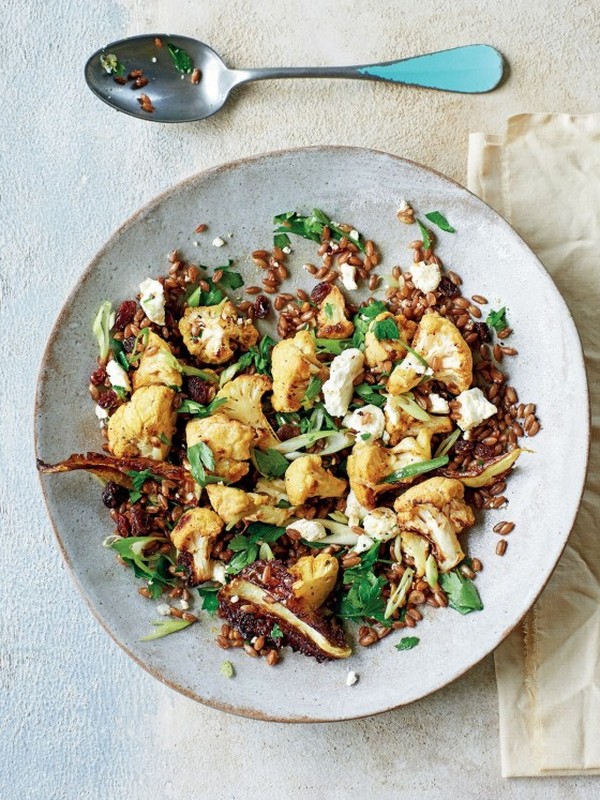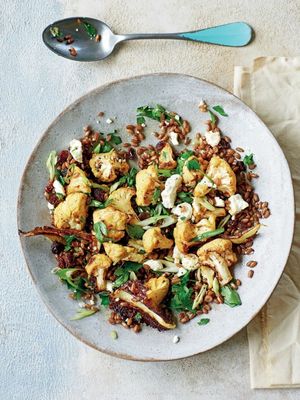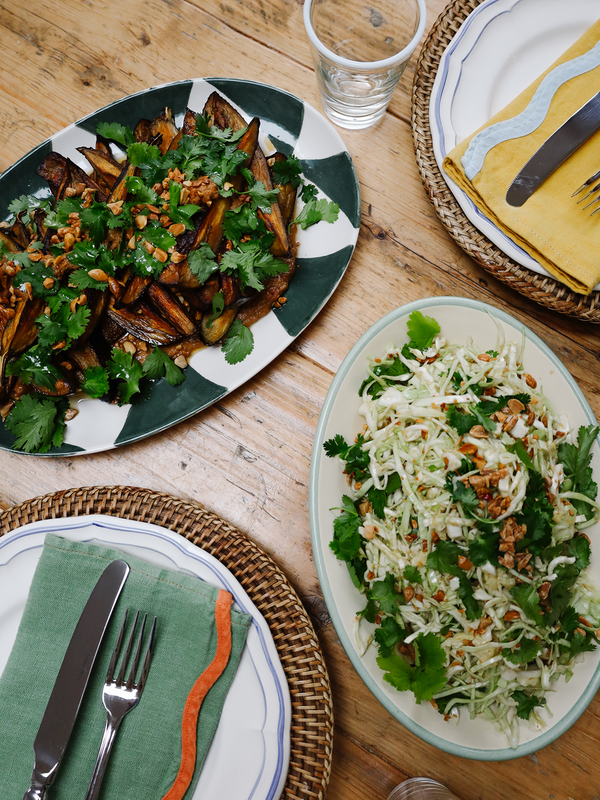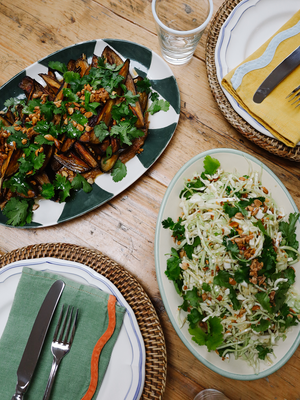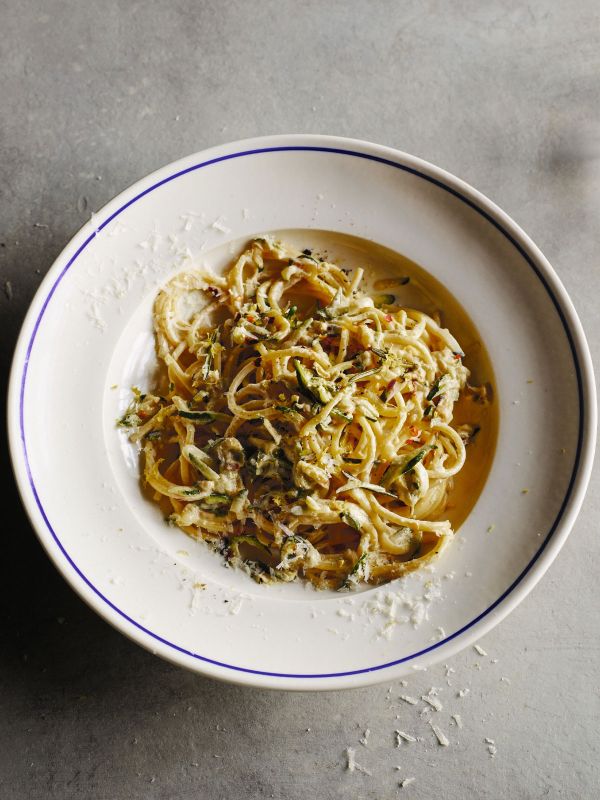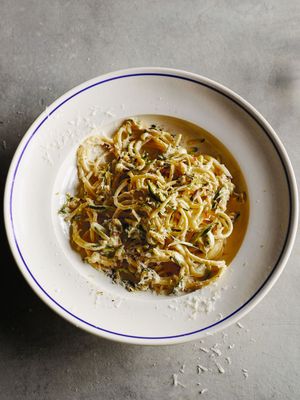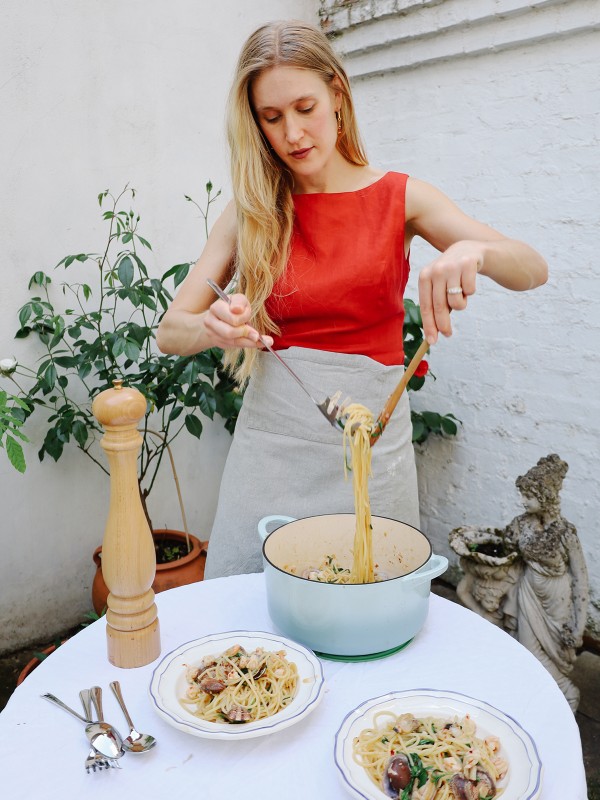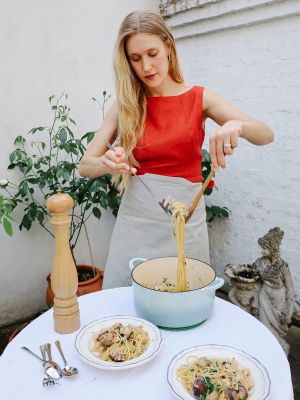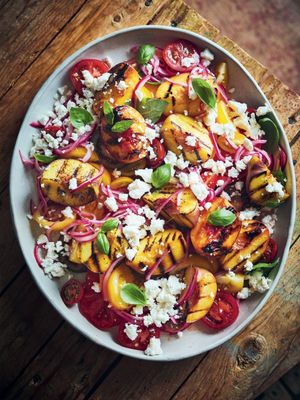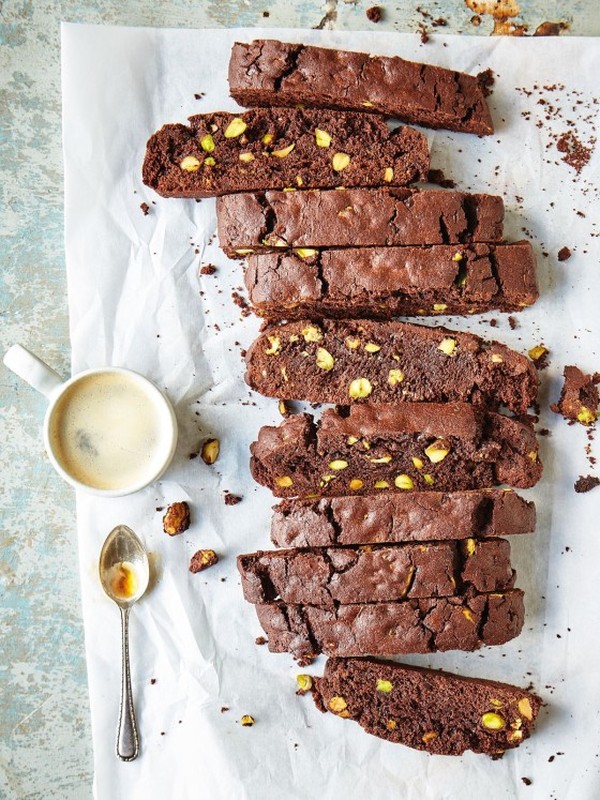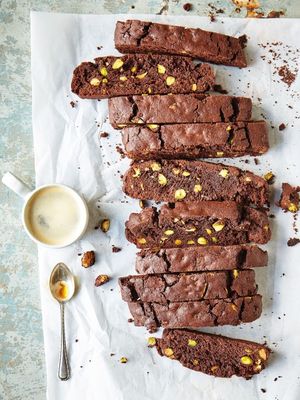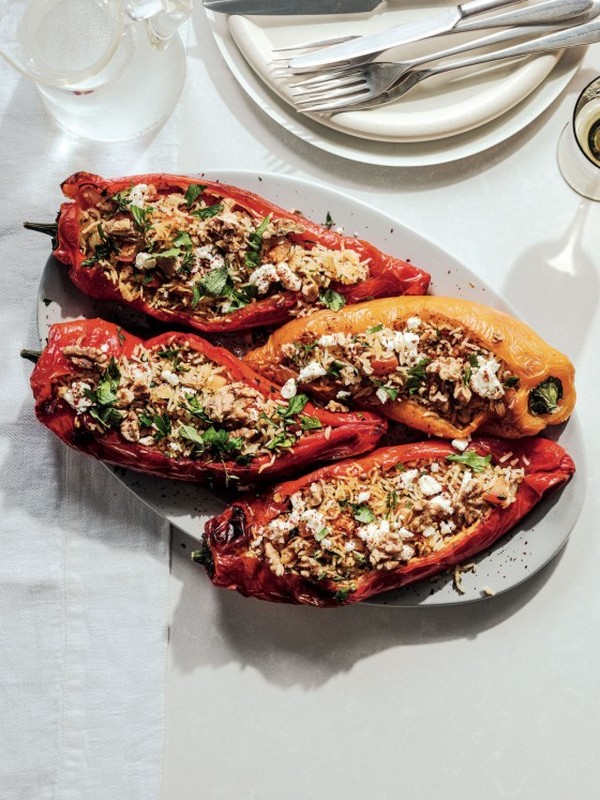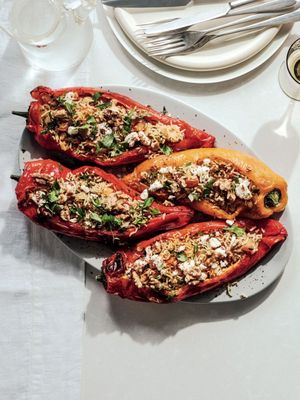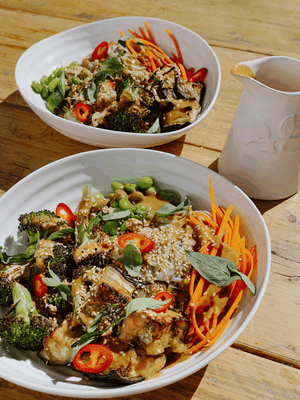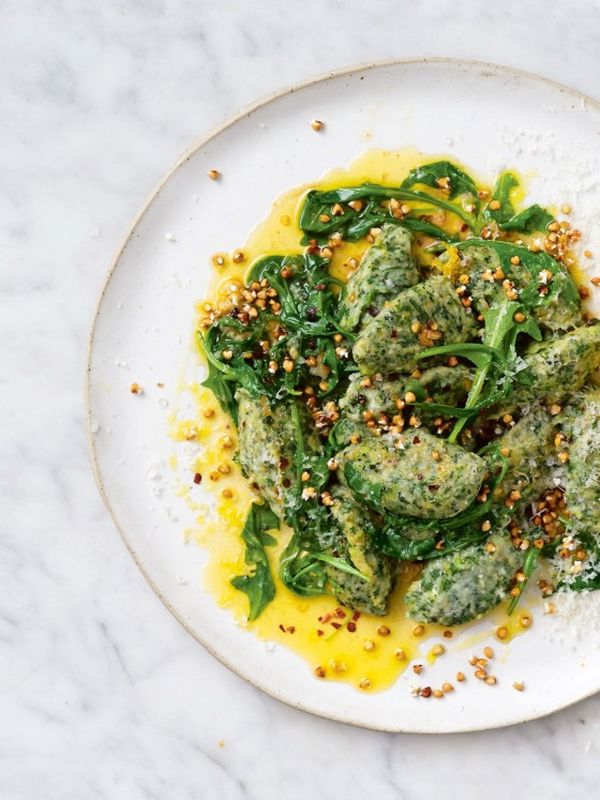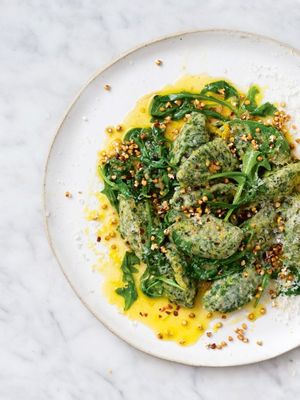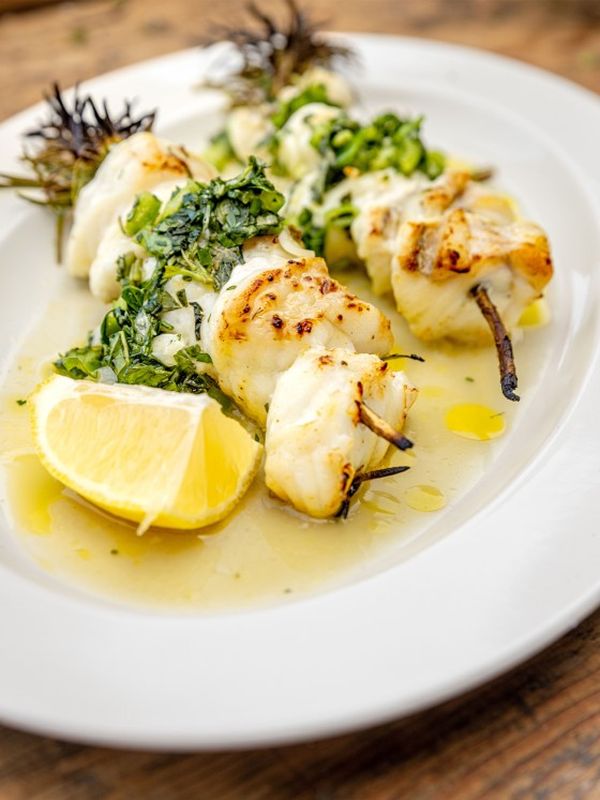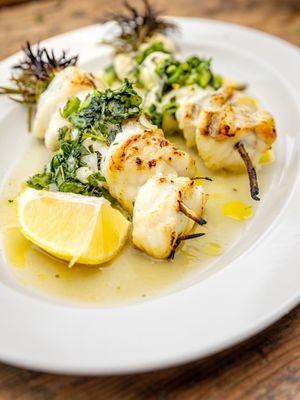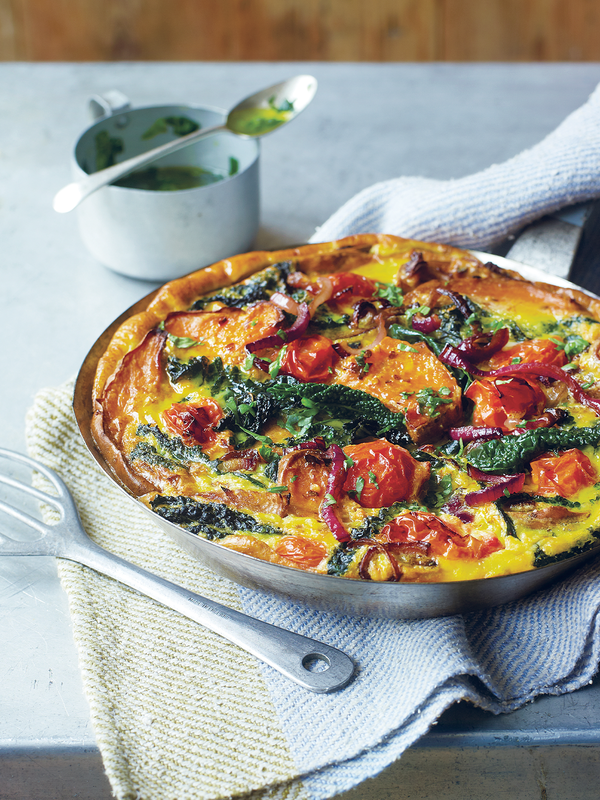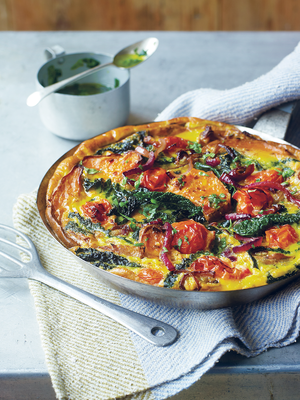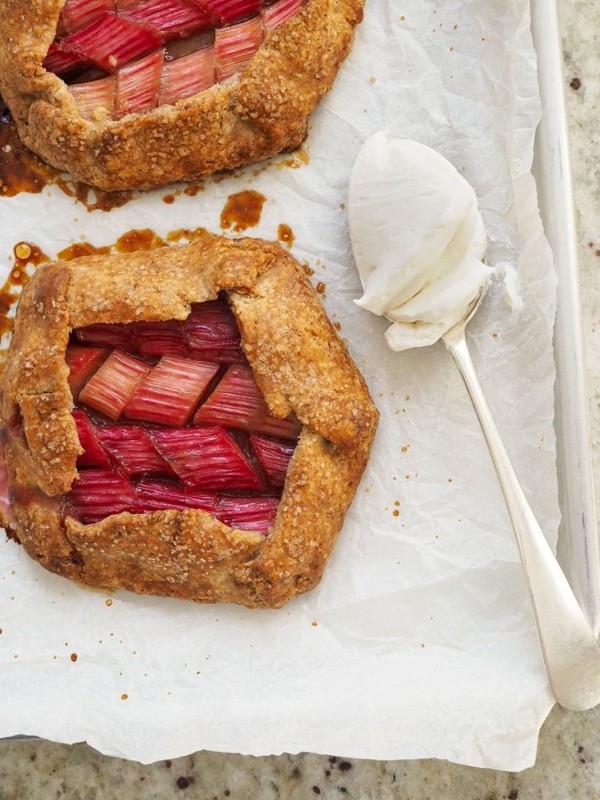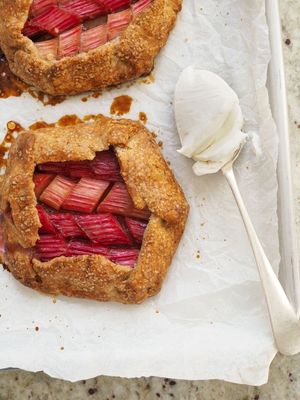
How To Make The Most of Coriander
STORING CORIANDER
Joey O’Hare, Allplants
Coriander tastes like fun weekend food! It always reminds me of bold, tasty, street food or happy, day-off al fresco dining. It’s summer through and through, and such a happy flavour. Coriander should be stored in the fridge, ideally loosely wrapped in damp kitchen paper. Chopped coriander can be stored frozen in airtight containers ready to be thrown into soups and curries.
Coriander seeds and ground coriander should be kept in a tightly sealed glass container in a cool, dark, dry place. Ground coriander will keep for up to six months, while the seeds can stay fresh for up to a year. Fresh coriander is a herb and dried coriander is a spice; they can’t be used interchangeably but you may often find them in the same recipes as the flavours go hand in hand. Fresh herbs such as coriander, basil and mint are typically added at the end of cooking to preserve their fresh herbaceous flavour, but spices such as ground coriander need to be added at the beginning of cooking to allow time to soften and mellow.
Coriander is really easy to grow. If you sow in late July, you’ll have a lovely batch ready in early autumn. You can plant it outdoors in your garden or in a kitchen window pot. The easiest way is to grow the herb in a pot, in the shade – so it’s perfect for a windowsill that doesn’t get direct sunlight. Buy some coriander seeds, pop them in moist soil – about 8-10 per small pot – and within 20 days the herbs will have sprouted and some may even be ready for picking and eating. If you want quick results, you can buy young coriander plants from some supermarkets or your local garden centre, but these aren’t built to last.
Visit AllPlants.com
Peter Joseph, Kahani
Coriander is the most popular herb used in Indian cuisine, but it can wilt quickly once you’ve bought it. To make it last longer, store it in the fridge in its own bag. The cool temperature should delay it wilting. It will stay fresh for more than a week, then you can use it in curries, rice or snacks.
Visit KahaniLondon.com
Ioannis Grammenos, Heliot Steak House
I always have fresh coriander plants at home as they are very easy to grow as long as you don’t overwater them. Make sure to cut them every few days to use in your daily cooking.
Visit HippodromeCasino.com
Cesar Fernandez, Miele
As with any fresh herb, the best way to store coriander is by giving it a quick rinse with cold water in the kitchen sink, drying it really well and then wrapping in some kitchen towel. This way, herbs will last in the fridge for a good two weeks.
Visit MieleDerKern.com
COOKING WITH CORIANDER
Joey O’Hare, Allplants
I like it best in…
Salads
Chopped fresh coriander is a beautiful flavour in big, summery Mexican-inspired salads… Think sweetcorn, chopped avocado and fresh tomatoes.
Soups
Try using a teaspoon of ground coriander at the base of a red lentil dhal along with a teaspoon of curry powder. Once cooked out and fully soft, stir through some chopped coriander and a dollop of coconut yogurt before serving.
Pestos
Coriander is brilliant whizzed up in a ‘green sauce’. Try it with lime juice, fresh jalapenos, and just a touch of salt and olive oil. It’s beautiful spooned over all manner of roasted veggies all summer long.
Vivek Singh, The Cinnamon Club
I love everything about this herb, and pretty much use every part of it too. Leaves, stalk, stem, root, flowers, seed – the lot. I throw fresh coriander into everything. Whether it’s a marinade for a kebab, or to finish a curry or a topping for naan breads, it’s a wonderfully versatile ingredient.
The wonderful green chutney in so many Indian households and restaurant kitchens uses coriander as the main ingredient, along with some mint, green chillies and fresh garlic. Simply blended in oil with the addition of salt and a squeeze of lemon or lime, it gives a wonderful fresh, vibrant herbaceous chutney which makes a great accompaniment to chaats, kebabs or even as a spread in sandwiches. My favourite use for a coriander chutney is to wake up a bowl of boiled potatoes by stir-frying them with cumin, ginger, green chilli and dollops of chutney.
Visit CinnamonClub.com
Ioannis Grammenos, Heliot Steak House
Coriander is an easy way to create flavours and aromas in your daily cooking. You can use it from morning smoothies and healthy juices to pickles, curries, chutneys and sauces. As a raw ingredient, it can be used on salads, as a garnish or to pack a flavourful punch to soups, homemade bread, scones and biscuits. I prefer to use fresh coriander leaves for my recipes because, if they are dry or frozen, there is not as much flavour. I also use coriander seeds, which give a lemony citrus aroma when crushed and a nutty, spicy, orange flavour when roasted.
Cesar Fernandez, Miele
If you have bought a big bunch and don’t know what to do with it, try creating coriander oil. Simply blanch the herb in boiling water for a few seconds, then place in iced cold water. Drain well and blend with vegetable oil, then pass through a coffee paper filter. The result will be a vibrant green oil packed with a lot of flavour that you can use to garnish any dish.
Peter Joseph, Kahani
I add fresh coriander leaves at the end of cooking to get the best flavour from them. To create less waste, you can use the stalks (finely chopped) while cooking – Thai food often uses them like this. For something a bit different, try flavouring homemade bread, scones or even waffles with coriander. Gingerbread biscuits also work well with some coriander. Coriander also comes into its own in things like condiments and marinades. Try adding it to mayonnaise, stocks and gravies.
Inspired? Here are seven easy recipes to make at home…
Prawn Noodle Soup: Cesar Fernandez, Miele Der Kern
INGREDIENTS
-
500g of raw prawns, shell on
-
15g of ginger, thinly sliced
-
2 garlic cloves, chopped
-
1 lemongrass stalk, finely chopped
-
2 red chillies, finely chopped
-
1 spring onion, thinly sliced
-
2 kaffir lime leaves
-
1 tsp of black peppercorns
-
500g of chicken stock
-
Large handful of coriander leaves
-
Small handful of mint leaves
-
1 small pak choi
-
Sprig of Thai basil
-
50g of rice stick noodles
METHOD
-
Peel and devein the prawns.
-
Place the prawn shells, ginger, peppercorns, garlic, lemongrass, kaffir lime leaves, chicken stock and half of the chillies in a steam tray.
-
Steam at 100°C for 10 minutes in a steam oven and leave to infuse for 20 minutes. Strain the broth from the tray into a bowl, add 1 tablespoon of lime juice and ½ tbsp of fish sauce, and season to taste. Set aside.
-
Cover the noodles with boiling water in a bowl and leave for 5 minutes until softened, then drain. Add the prawns to the stock and transfer back into the steam tray. Steam at 90°C for 3 minutes.
-
Place the noodles and pak choi leaves into serving bowls – pour over the prawns and hot stock.
-
Garnish with coriander leaves, mint, Thai basil and the remaining chilli.
Chilli & Coriander Prawns
INGREDIENTS
-
230ml of sriracha chilli sauce
-
Juice of 1 lime
-
4 tbsp of honey
-
1 tsp of vegetable stock powder
-
140g of cold salted butter, cut into cubes
-
20g of coriander, roughly chopped
-
200ml of coconut cream
-
600g of tiger prawns, shell on
-
3 spring onions, finely sliced
-
Micro coriander to garnish
-
Freshly baked crusty bread to serve
METHOD
-
Place the sriracha sauce, lime juice, honey and stock powder into a medium saucepan. Bring to the boil and stir well.
-
While continually whisking, slowly and gradually add in the cold butter one cube at a time, until completely melted. Turn the hob down to the lowest heat.
-
Place the king prawns on a perforated steam container. Place in a steam oven and steam at 80°C for 4 minutes. Alternatively, place a large frying pan over a medium heat, add the tiger prawns and cook on one side for 4 minutes. Turn and add the sriracha sauce.
-
Once the prawns have cooked, add to the sriracha sauce, along with the chopped coriander and coconut milk, leave for 1 minute on a medium-low setting.
-
Place the prawns into a serving bowl and garnish with spring onions and micro coriander.
Visit MieleDerKern.com
Dhaniya-Aloo: Vivek Singh, The Cinnamon Club
INGREDIENTS
-
3 large potatoes, boiled in the skin, cooled, peeled and diced into 1in cubes
-
2 tbsp of vegetable oil
-
1½ tsp of coriander seeds, lightly crushed
-
1 tsp of whole cumin seeds
-
½ tsp of turmeric
-
1 tsp of ground coriander powder
-
1 tsp of salt
-
1in of ginger, finely chopped
-
2-3 green chillies finely chopped
-
2 tbsp of chopped fresh coriander
-
Juice of 1 lime or lemon
METHOD
-
Heat oil in a wide shallow frying pan until smoking, then add the coriander and cumin seeds, and let them crackle and pop for 30 seconds or so.
-
Add the potatoes and let them sear for a minute, then add the turmeric, ground coriander and salt. Stir to mix.
-
Keep the pan on high heat, let the potatoes get coloured at the edges and heat through.
-
Add the chopped ginger and green chillies. Cook for another couple minutes.
-
Scatter the chopped fresh coriander and squeeze lime over. Mix through and serve.
Visit CinnamonClub.com
Carrot & Coriander Soup: Ligia Lugo, The Daring Kitchen
INGREDIENTS
-
500g of carrots, peeled and sliced
-
1.2l of vegetable stock
-
1 tsp of ground coriander
-
1 tbsp of vegetable oil
-
1 onion, sliced
-
Large bunch of fresh coriander, chopped
-
Salt and freshly ground black pepper
METHOD
-
In a large frying pan heat the oil, add the onions and carrots, and cook for 3-4 minutes – or until the vegetables start to soften. Stir in the ground coriander, salt and pepper, and cook for 1 minute.
-
Add the vegetable stock and bring to a boil. Simmer for 10-15 minutes. The vegetables should be tender at this point.
-
Blend using a hand blender or in a blender until smooth. Reheat in a saucepan and stir in the fresh coriander. Serve.
Visit TheDaringKitchen.com
Sweetcorn Purée, Girolles, Smoky Semi-Dried Tomatoes & Coriander: Henry Russell, Belazu
INGREDIENTS
-
2 husks of corn
-
4 tbsp of extra virgin olive oil
-
1 small onion, peeled and finely chopped
-
¼ tsp of fine salt
-
1 clove garlic
-
200g of girolles, rinsed quickly in water then allowed to dry
-
100g of butter
-
Sea salt, to taste
-
75g of smoky semi-dried tomatoes
-
1 tbsp of toasted and crushed coriander seeds
-
6 sprigs of fresh coriander
METHOD
-
Peel the outer husk from the sweetcorn and set aside. Holding the cob by the stalk and over a tray (to catch everything), use a sharp knife to cut off all the kernels, cutting as close as possible to the cob. Break the cobs into smaller pieces and place in a pan, along with the husk. Cover with water and bring to the boil. Simmer for 25-30 minutes.
-
Once the stock is on, place a medium pan on a medium heat and add 2 tbsp of olive oil. Once the oil is hot, add the onion and salt, and cook for around 10 minutes until it begins to soften. Now add the garlic and cook for another 5 minutes, perhaps turning the heat down a little and adding a little more oil, if dry looking. When starting to look golden, add the sweetcorn, turn the heat up a little and cook for 10 minutes, stirring now and again, and reducing the heat if necessary.
-
Strain the stock into a jug – be careful as it’s hot. Add enough stock to cover the sweetcorn by a couple of centimetres and turn the heat up to a strong simmer. Boil for 15 minutes, adding more stock if necessary. Allow to cool a little in preparation for puréeing in a blender or food processor. There needs to be some liquid in the pan but not too much or the purée will be too wet. You can always add more liquid if necessary. Blitz until smooth then season with sea salt to taste. Pour back into the pan in order to reheat. Keep the stock in case you need to thin the purée.
-
Heat a wide-based pot or frying pan on a high heat and add 2 tbsp of olive oil. When hot, add the girolles and cook, shaking now and again for 3-4 minutes. Add the butter, which will melt quickly and then foam. Keep moving the girolles around, helping them to caramelise in the butter. The butter will stop foaming and begin to darken, which is fine, but at this point add the smoky tomatoes and the coriander seeds, and take the pan off the heat.
-
Spread the warm sweetcorn purée on a plate, then spoon the girolles and tomatoes on top along with plenty of the burnt butter and coriander seed. Finall, scatter some of the fresh coriander on top.
Cured Salmon With Zhoug & Fennel, Orange & Coriander Salad
INGREDIENTS
-
500g of salmon fillet, from front part of the fish, bones removed
-
85g of coarse rock salt
-
85g of light brown sugar
-
100g of zhoug
-
1 large bulb fennel, finely sliced
-
2 oranges, skin and pith removed, then cut into segments
-
3 spring onions, outer layer removed and finely sliced
-
50g of fresh coriander, washed and roughly chopped
-
2 tbsp of olive oil
METHOD
-
Mix the sea salt and the sugar together in a bowl. Lay out a piece of cling film that is around 3 times the size of the salmon, then lay another one the same size across it, so that you have a cross. Lay another one diagonally across the other two and then lay the salmon in the middle. Spread about a third of the zhoug over the salmon with a knife and then lay the salt and sugar mix all over the top in an even layer, allowing some to spread to the sides. Wrap the salmon with the cling film, so that the salt and sugar mix will maintain contact during the curing process and nothing will leak out. Place on a tray, or plate and leave in the fridge for 12 hours or overnight.
-
Once the salmon has cured, remove from the fridge and unwrap. Scrape the curing mix into the bin then rinse the salmon under cold water. Pat dry with kitchen towel and place on a plate with kitchen towel underneath to absorb any water. Put back in the fridge for 30 minutes to allow the flesh of the salmon to dry and become sticky. Remove, then spread the remaining zhoug over the top of the fillet and wrap with cling film. Leave to marinate for another 12 hours.
-
To finely slice the fennel, it’s best to use a mandolin. If you don’t have one available, cut the bulb in half, lengthways and then thinly slice across it. Place into a bowl of very cold or iced water for 2-3 minutes, which will help keep the fennel crisp. If doing ahead of time, add some lemon juice to the water to stop the fennel turning brown. Drain the fennel and spin in a salad spinner to dry.
-
When segmenting the oranges, do this over a bowl to catch any juice and squeeze the pulp, as this will be used as a dressing. Mix the olive oil with the juice; season with salt and pepper and set aside.
-
If you’re confident taking the skin off the salmon then do so, but it’s not essential. With a sharp knife, cut the salmon into thin slices, cutting right down to the skin. Then cut along the base, keeping your knife flat and pressing it into the skin, to release the slices. Arrange the slices across each plate.
-
Mix the fennel, orange segments, spring onions and coriander in a bowl, season with salt and pepper, then coat with the dressing. Add around half first then more if you think it’s needed. Toss to combine then taste again for seasoning. Divide between plates, alongside the salmon.
Visit Belazu.com
Coriander Chutney: Peter Joseph, Kahani
INGREDIENTS
-
1 cup of fresh coriander leaves
-
½ cup of fresh mint leaves
-
½ tsp of chopped green chillies
-
1 tbsp of grated raw mango
-
1 tsp of ginger, grated
-
1 garlic clove, crushed
-
1 tsp of ground cumin
-
2 tbsp of raw unsalted cashews
-
1 tbsp of olive oil
-
Juice of half a lime
-
200g of thick Greek-style yoghurt
METHOD
-
Place all ingredients in a food processor and blend them for 30 seconds.
-
Scrape down the sides of the bowl, adding a little water if necessary, and blend for a further 1 minute or until smooth.
-
Store in an airtight container in the fridge for up to 1 week.
Visit KahaniLondon.com
DISCLAIMER: We endeavour to always credit the correct original source of every image we use. If you think a credit may be incorrect, please contact us at info@sheerluxe.com.
